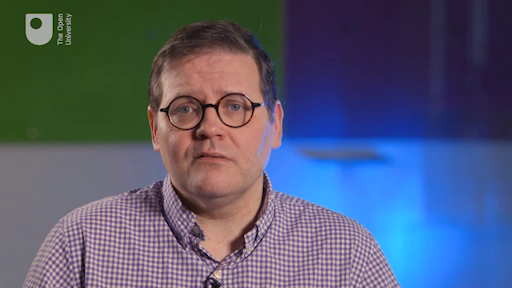3 Project risk management
Much is made of risk management in projects but in essence good risk management is the same whether performed in projects, operations, compliance or strategy. At its most basic it is all about understanding what risks you face and then doing something about them.
Where projects differ is that projects (and therefore some of their risks) have an end date whereas other business risks do not.
In general there are three types of risk that need to be considered for any project:
- the risks to delivering the project (on time and in full) and the benefits promised
- the risks to the business during the project – particularly pertinent for change and transformation projects, where the transformation may cause uncertainty in the business
- risks that are introduced post project – new systems, products, ways of working and locations can all introduce new risks that were not present at the start of the project.

Transcript: Video 5 Project risk management
There are standard assessment models available for assessing the state of risk management in projects, one such being P3M3, which is recommended by the UK government.
This is a project maturity model that defines ‘what good looks like’ for various aspects of a project, from financial planning, to estimating through to risk. A maturity model such as P3M3 can be a useful tool for understanding your current level of maturity and providing a road map for improvement.
Activity 3 Short risk exercise
a.
Late delivery to customers
b.
Quality problems
c.
Customs-related problems
d.
Business continuity: Lack of support for existing IT tools
e.
Staff turnover
The correct answers are a, d and e.
a.
Availability to release the ‘best’ people to support the project
b.
Quality of data (and time to clean up)
c.
Capacity at manufacturing plant
d.
Quality problems
e.
The amount of the benefits caused by customs issues
The correct answers are a, b and e.
a.
Higher levels of staff turnover (due to higher workload)
b.
Higher levels of customer complaints (due to higher workload)
c.
Higher levels of product quality issues
The correct answers are a and b.
a.
Opportunity: lower staff turnover
b.
Opportunity: additional benefits from installing customs module
c.
Higher levels of product quality issues
d.
Business continuity for new IT tool
The correct answers are a, b and d.
Answer
Good project managers deliver projects on time, to costs and to the customer specification. They do this, in large part, by effectively managing risks.
Good business managers need to understand not only the risks to delivering a project but also the risks to running their business whilst the project is running and the risks that will be created once the project has finished.
